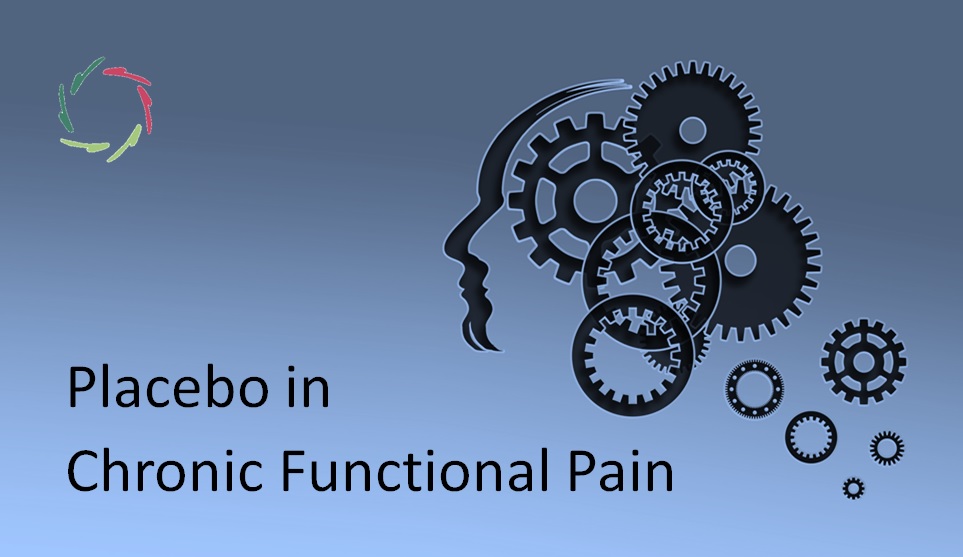Placebo-effect of surgery

Surgery is expected to have a strong placebo effect. Patients are often terrified and cannot help but trust the surgeon’s competence and proper care. This accounts for their state of strong dependence [Jerome, 1991]. Operations are dramatic performances often preceeded by thorough preparation. The expectations of immediate improvement are high-pitched.
Double-blind studies with surgery can hardly be justified morally. Still, despite the methodological and moral difficulties inherent in ‘blind’ clinical trials for surgery, a number of these studies were conducted between 1955 and 1960. Patients who suffer from angina pectoris (‘angina’ for short) experience chest pain or pressure in the heart region caused by insufficient oxygen supply to the heart muscle. In the 1950s, the medical world was convinced there was a very effective surgical treatment for angina in women. It consisted of binding the mammary artery. The mammary artery is a blood vessel that irrigates the breast. The idea was (not illogically) that once you shut off the blood to part of the breast gland, the heart would get extra blood. Two uncontrolled and ‘not-blind’ studies – meaning that all female patients got the real operation – had ‘proven’ the effectiveness of the intervention. In the first study, 68% of the women reported feeling significantly better. The second study showed even more impressive results: 91% of the patients reported an apparent decrease in angina symptoms. Then a brave – or should we say, ruthless – surgeon devised a controlled and ‘blind’ study. The results were astonishing. 67% of the women felt better after the ‘real’ operation, the procedure during which their mammary artery was tied off. But another group of patients was anesthetized and received only a simple incision of the skin. Their mammary artery was left intact. These patients experienced marked improvement in their symptoms in 71% of cases. Performing sham surgery proved to be as effective as real surgery! Unsurprisingly, binding the mammary artery was abandoned as a legitimate form of treatment shortly afterward [Shapiro et al., 1997].
More recent is a study in which various other studies on sciatica (low back pain by entrapment of a nerve at the level of the spine) were looked upon together. In these studies, a total of 346 patients were operated on for hernia without a real hernia having been found during the operation. Upon these subjects, no actual sciatica-surgery was performed; still, 37% of these patients were without symptoms afterward. This is attributed entirely to the placebo effect of the operation.
Still more recently, in spite of ethical concerns, ten randomized placebo-controlled surgical trials have been performed, all of them published in high-ranking medical journals (mean impact factor: 20.1) [Probst et al., 2016]. Five in the field of neurosurgery [Freed et al., 2001; Olanow et al., 2003; Marks et al., 2010; LeWitt et al., 2011; Gross et al., 2011], 2 to orthopedics [Moseley et al., 1996; Moseley et al., 2002], and 1 each to rheumatology [Davys et al., 2005], gynecology [Wei et al., 2012], and otorhinolaryngology [Koutsourelakis et al., 2008]. Eight of the ten failed to show statistical superiority. The ten studies were all designed with a superiority hypothesis. A total of 840 patients were included; 459 were allocated to the experimental intervention and 381 to the placebo group.
As an example, one of these, arthroscopic partial meniscectomy (APM), is about one of the most common orthopedic operations, with an incidence that has increased steadily from the 1990s until the late 2010s. Several recent meta-analyses based on randomized controlled trials (RCTs) have failed to show a treatment-benefit of APM over conservative treatment or placebo surgery for these patients [Sihvonen et al., 2018].
As another example, Moseley and colleagues randomized 180 patients with osteoarthritis of the knee to arthroscopic debridement or lavage, or placebo surgery, under double-blind conditions. All participants had incisions made on their knees to maintain the blinding. Only in the two real surgery conditions was any genuine procedure implemented. During two years of follow-up, placebo surgery proved as effective as the real surgeries. In the United States alone, prior to that study, approximately 650.000 patients underwent this surgery each year, costing +/- $5,000 per patient [Moseley et al., 2002].
We know less costly ways to use the mind as cure, don’t we?


